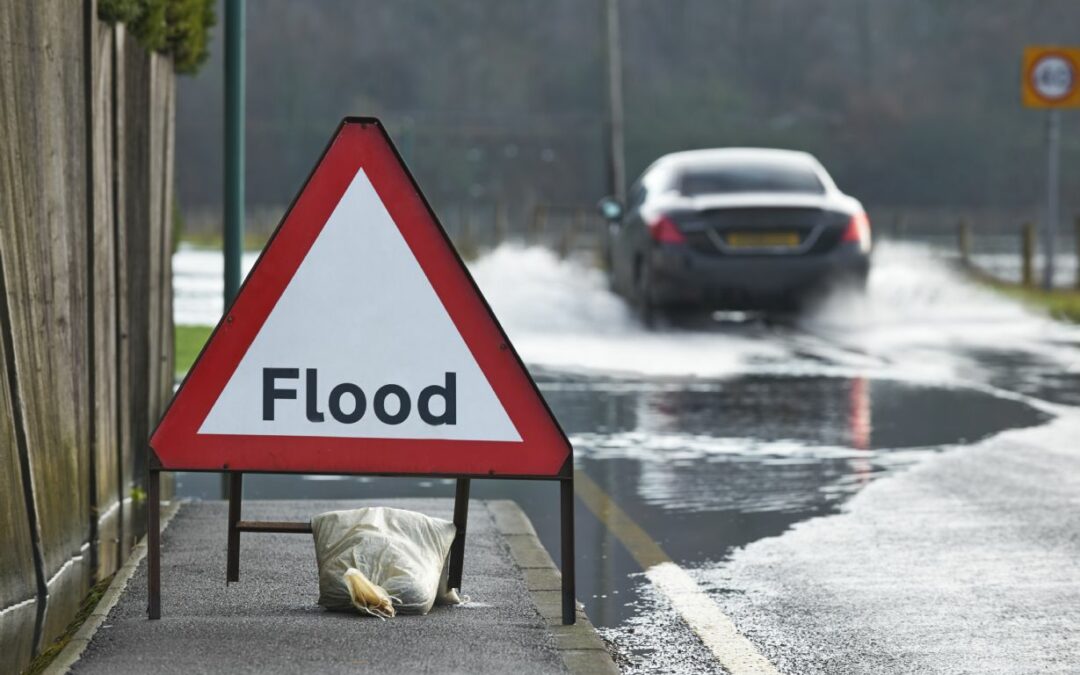Throughout many decades of working in flood insurance, our team has heard almost every myth out there surrounding this valuable coverage. We have also seen many fall victim to some of these misconceptions by opting out of flood protection and later experiencing a flooding event. We think it’s time once and for all to dispel some of these misbeliefs, so here we go.
Myth: I’m not in a flood zone.
Fact: Every property is in a flood zone. FEMA classifies all properties in the country into a flood zone based on their perceived level of flood risk. These are categorized as low-to-moderate risk, high-risk, and high-risk coastal, and undetermined.
Myth: I’m in a low-risk flood zone, so it won’t flood here.
Fact: More than 20% of all flood insurance claims are from areas designated as low-to-moderate risk.
Myth: I’m not required to carry flood insurance, so I don’t need it.
Fact: Flooding is the most common and costliest natural disaster, affecting all fifty states within the last five years. Just one inch of water can cause up to $25,000 of damage to the average family home. Although you might not be required by your lender to carry flood insurance it is a wise financial decision to consider purchasing a policy.
Myth: My homeowners insurance will cover flood damage.
Fact: A standard home insurance policy does not provide coverage for flood losses.
Myth: My home insurance policy has hurricane coverage, so if I experience flooding during a hurricane my homeowners insurance will cover the damages.
Fact: The hurricane coverage included in a standard home insurance policy only provides coverage for windstorm loss. While this does include coverage for wind-driven rain and water that might enter your home through the roof or windows, it does not include coverage for rising water or storm surge, two of the most damaging effects of a hurricane.
Myth: There is a 30-day waiting period for flood insurance to go into effect.
Fact: For coverage through the National Flood Insurance Program (NFIP) there is a 30-day waiting period, with the exception of loan closing requirements. However, many private flood carriers are available and offer waiting periods of 0-14 days.
Myth: I was not offered flood insurance so it’s not available to me.
Fact: Flood insurance is available for every property owner in the United States. If your community is not participating in the NFIP you can obtain coverage from a private carrier.
Myth: Flood insurance is too expensive.
Fact: Thanks to the growing private flood insurance market there are competitive premiums and policy customization which can lower the cost of this coverage. Some private carriers also allow for payment plans, while the NFIP requires a full payment.
Myth: FEMA will provide financial assistance if I experience a flood loss.
Fact: In order for a flood loss to qualify for FEMA assistance there must be a state of emergency declared for the event. Additionally, this is a loan that must be repaid with interest. After being approved for the assistance you are required to carry flood insurance.
Myth: All flood insurance claims go through FEMA.
Fact: If you have a flood insurance policy through the NFIP your coverage and claim process is through FEMA. However, if you have a private flood policy you will go through the carrier directly who has their own reinsurance program and claims department.
Myth: I don’t own my home, so I don’t need flood insurance.
Fact: While your landlord or condo association might carry a flood insurance policy for the building, these policies only cover the main structure. There is no coverage on a landlord flood insurance policy for your personal contents. Consider purchasing a contents-only policy to protect your belongings from rising water.
Do you have a question about flooding or flood insurance that you don’t see answered here? Contact our team of flood experts and we would be happy to help!


